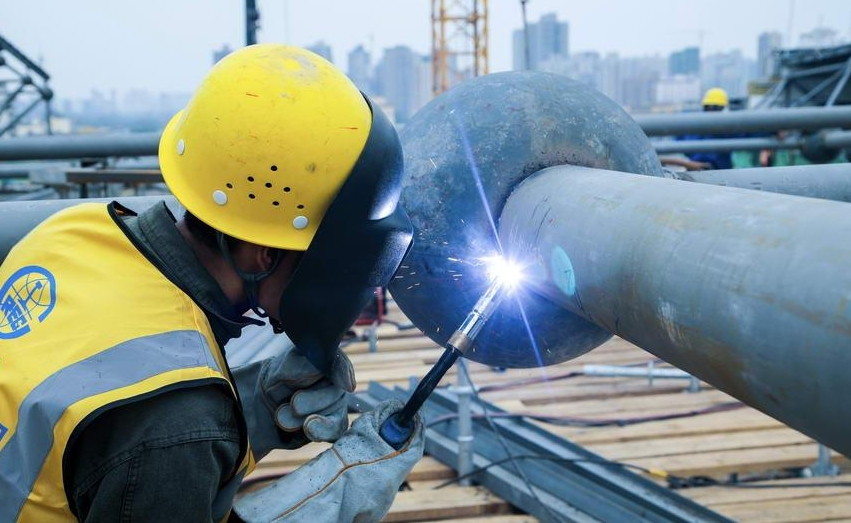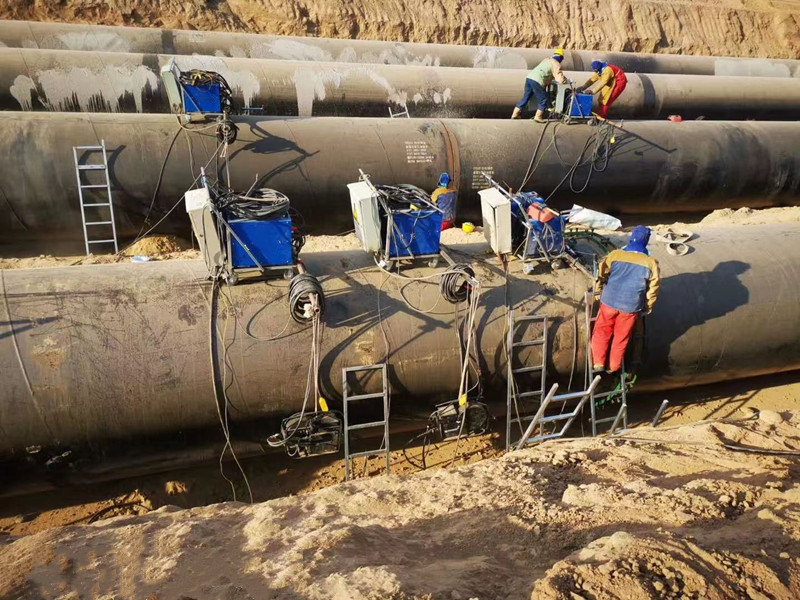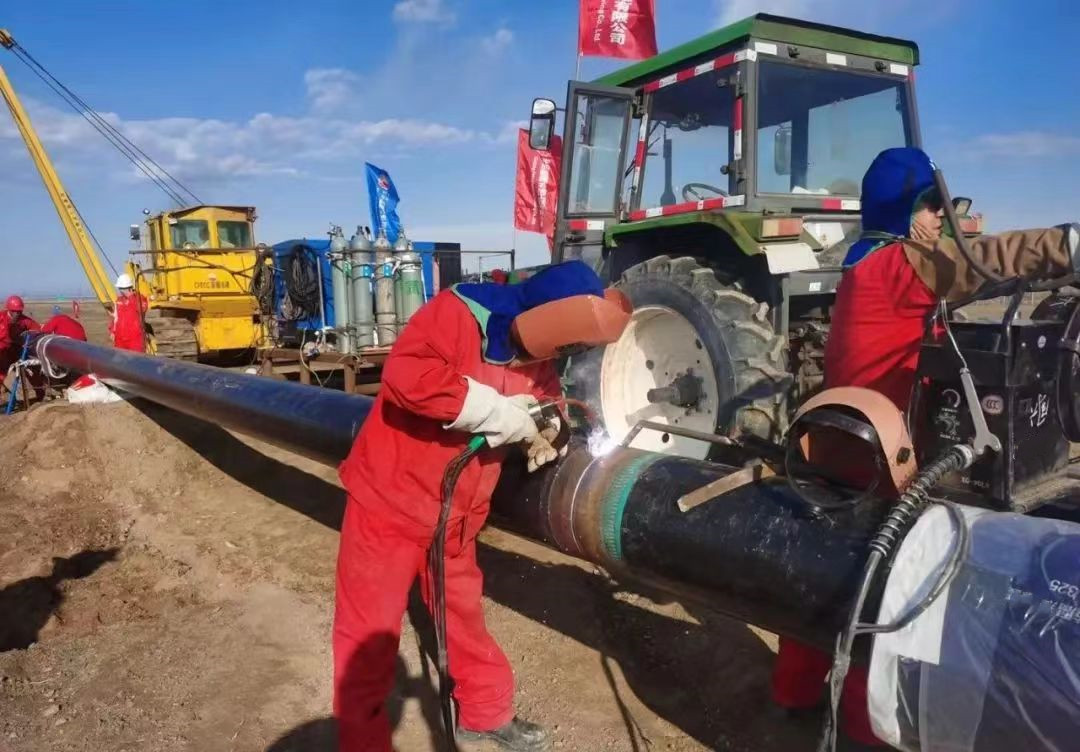The girth welding methods in the Middle East, Central Asia, Russia, India and other countries and regions mainly include manual cellulose electrode arc welding, manual low hydrogen electrode arc welding and semi-automatic self-protected flux-cored wire arc welding. These welding technologies are widely used in oil and gas pipeline projects in these regions to ensure welding quality and production efficiency.
Specifically, manual cellulose electrode arc welding and manual low hydrogen electrode arc welding are traditional welding methods that have good penetration and frictional deformation characteristics, but may require more operational skills and time to complete the welding work. These methods are still used in some occasions with high welding quality requirements.

On the other hand, self-shielded flux-cored arc welding has been paid more and more attention because of its high efficiency and adaptability. Self-protected flux-cored wires do not require external protective gases or fluxes, making them particularly suitable for field work and emergency repairs. This welding method not only improves production efficiency, but also reduces the time to remove spatter and polish the weld surface. In addition, the wind resistance and excellent weld performance of the self-protected flux-cored wire make it widely used in field pipeline welding and large-scale mechanical repair.

Before welding, it is necessary to strictly check the raw materials (metal raw materials, welding wire, etc.), and carry out physical and chemical testing to ensure that all materials meet the standard requirements. In addition, it is necessary to be familiar with the welding structure form, material type, technical requirements and groove processing accuracy.
The key to guarantee the welding quality is to determine the appropriate welding current and voltage, welding speed, welding sequence, preheating and interlayer temperature control. These parameters need to be adjusted according to the specific project situation to adapt to different materials and construction conditions.
During the construction process, other personnel shall supervise the welding personnel to ensure that each step complies with the requirements of the work instructions. At the same time, welding technicians should operate in accordance with the operation instructions to ensure the consistency and reliability of welding quality.
After welding is complete, non-destructive testing must be performed to detect and treat any welding defects. This includes a visual inspection of the weld and the necessary flaw detection tests to ensure that the weld is free of cracks, pores or other defects.
